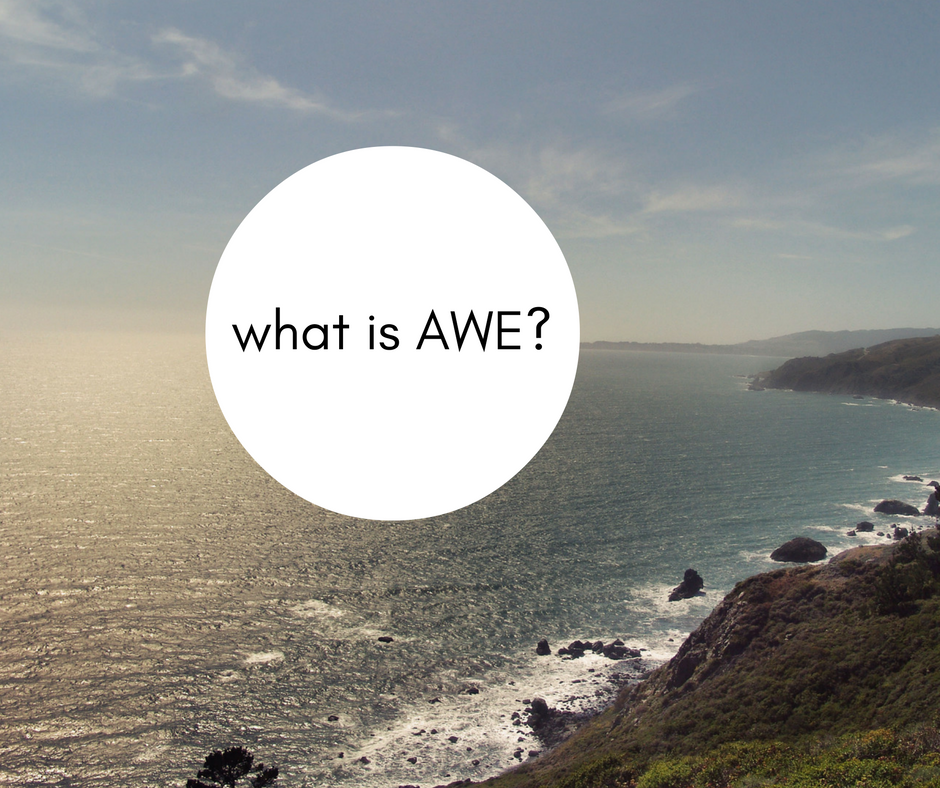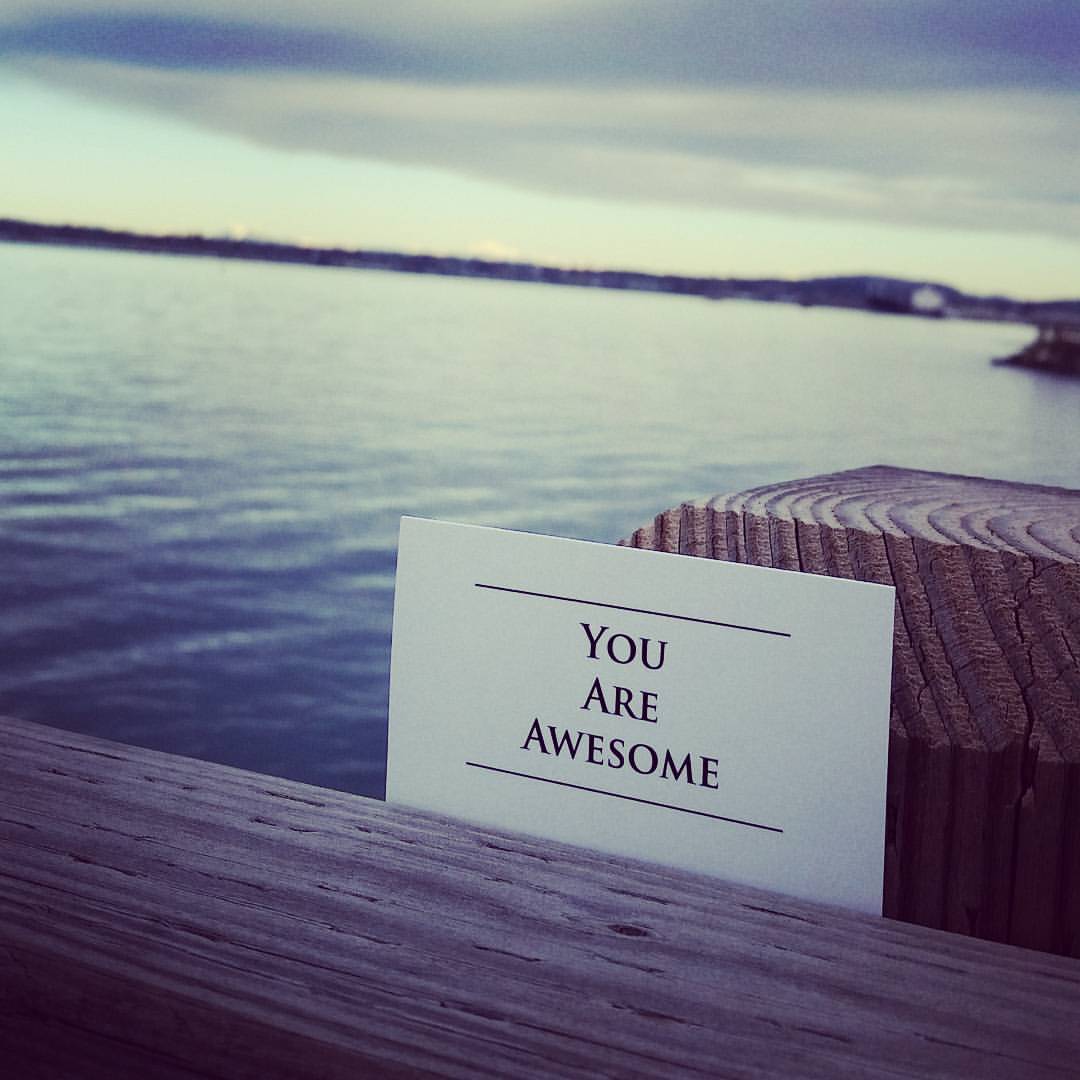It is incredibly easy for me to be critical. The ability to identify the shortcomings, flaws, and mistakes of myself and others has come naturally to me. I can see a movie, a process, a person, or anything else and tell you how it could be better. This “gift” of diagnosing problems was certainly helpful in academia as I was tasked with applying critical thinking skills. It was a strength as I critiqued research articles and clinical interventions as a student of psychology. It even serves me professionally as I find myself responsible for assigning labels for the mental health issues I assess.
As helpful as it has been, it has been a larger detriment to me personally and socially. Nothing stifles joy and gratitude like criticism. If I focus on the opinion that the sunset could be brighter or the clouds are a little too purple, it’s tough to appreciate the magic in that moment. If I think the presenter should have spoken a little louder or covered a few more crucial ideas, it’s tough to integrate and apply the information. If I ruminate on the fact that my friend could have called a little more frequently or stayed a little longer, it’s tough to see how much excitement they bring into my life. I want to find the magic in the sunset, the wisdom in the presentation, and the value in my friendships.
Over the last several years, I’ve entrenched myself in the process of cultivating more positivity and reducing negativity. I’ve used social media, worn t-shirts, passed out business cards, held signs, developed and presented workshops, and lead university wide initiatives aimed at spreading one simple message – “You Are Awesome.” It began as a concrete way to build positive interactions into a culture or situation – possibly helping others feel good. It was a reminder to others that they are awesome, and they should start from that point in any situation. If they’re happier, the environment is more positive and it’s easier to be less critical.
The message has remained the same, but it’s meaning has changed for me. Now, when I wear a shirt that says “You Are Awesome” it isn’t necessarily intended to convince others of their awesomeness, and I’m not really expecting the environment to change either. It’s meant to remind me, that no matter what’s happening around me, I can find some good somewhere if I’m looking for it. It’s not about identifying a silver-lining in every situation. It’s not about “it sucks, BUT…” It’s about fighting against my tendency to focus in on the problems and the things that I want to be different. It’s about accepting the pain and challenging myself to proactively identify the things I’m grateful for rather than doing what’s easy (for me anyway) and pouring energy into being critical. Wearing a shirt, carrying a sign, or passing out cards emblazoned with the “You Are Awesome” message forces me to be prepared to answer the question “What’s awesome about _______?” My life is so much better when I’m looking for the moments that inspire awe.
Wearing a shirt, carrying a sign, or passing out cards emblazoned with the “You Are Awesome” message forces me to be prepared to answer the question “What’s awesome about _______?” My life is so much better when I’m looking for the moments that inspire awe.
I’ve realized that so many things are genuinely awesome when defined in that way. There are so many experiences that, when examined closely, are ridiculous and overwhelming in their magnificence. The fact that you’re reading this blog fits into that category. This seemingly mundane activity means that as I sit in my office in Poulsbo, Washington, I can click a button and make my thoughts and feelings accessible to anyone in the world that has access to the internet. Then you, as the reader, have this insight into my life. You have a unique connection to one of the 7 billion possible people you could have connected with today. Yeah, that’s awesome. Every seemingly mundane activity can be looked at from this perspective -every relationship -every convenience – everything we take for granted day after day can be viewed through this very different lens.
I feel the urge to defend another common argument against this way of approaching the world. I frequently get asked the question, “What about the things/people/experiences that really are not awesome?” It’s a powerful question and needs to be addressed. When bad things happen in the world, it’s not healthy to ignore them or to attempt to drown them out with positivity. I will be the first to say that the world is not all puppies and rainbows, and that’s not really what the “You Are Awesome” message implies. People get murdered, trusted officials lie and take advantage of their power, systematic oppress is real, hate is contagious, and the world is full of suffering. When I see these realities in my own life I do my best to acknowledge them and meet them powerfully with compassion, empathy, and gratitude. I know I can’t replace my grief, fear, or confusion with happiness and appreciation in painful situations, but I certainly don’t want to be ignoring all the things I have to be grateful for as I suffer. Usually, when I’m in the most pain is when I find the most comfort in immersing myself in the awesomeness around me. When my world is falling apart around me, I can find solace in recognizing how much worse it would be without the awe inspiring experiences I have every single day.
My shirts may seem cheesy. The message, at first glance, can easily be seen as insincere. Your initial assessment may be dismissive. Whether you’re skeptical of the concept or not, I invite you to let up on the criticism and judgment and practice more gratitude by preparing yourself to answer some of these questions throughout the day. Fair warning – some days these questions will be more difficult to answer than others.
- What was awesome about today?
- Who made your life easier today? How did they do it?
- What made you smile today?
- What did you see today that was beautiful?
- What was something that would have made today way harder if you did have it?
- What was the best thing you tasted today?
- Who did something nice for you today? What did they do?
- Who did you connect with today? What did you like about it?




